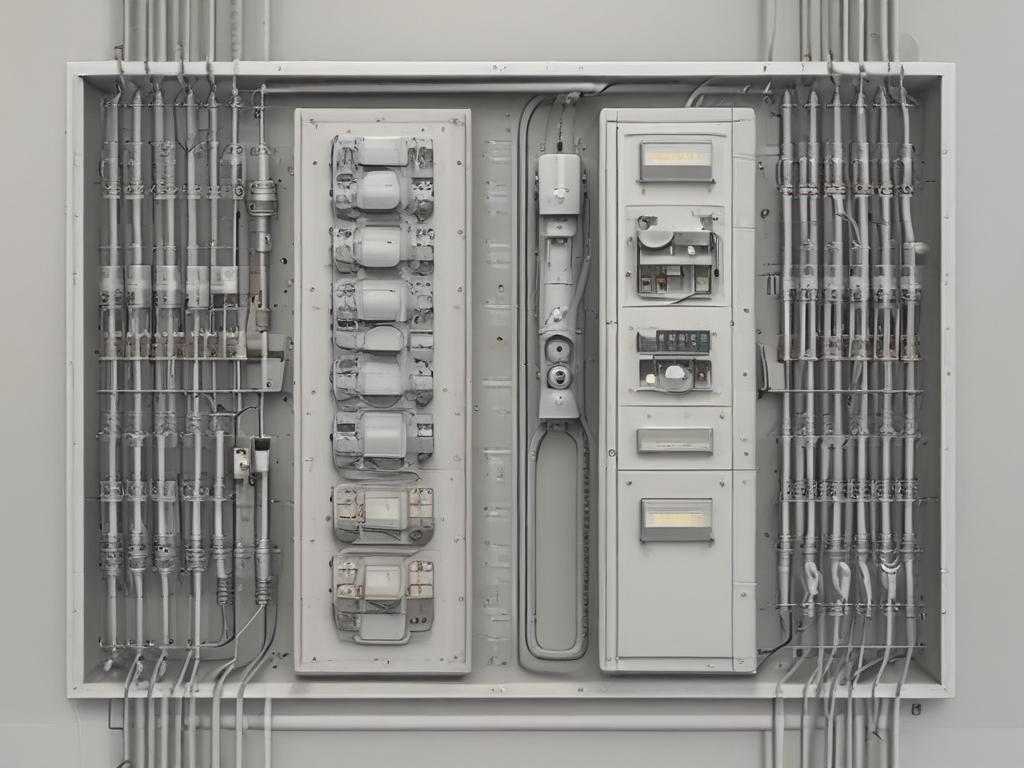
In today’s rapidly evolving technological landscape, the need for innovative electrical system design has never been more critical. As industries and communities strive to meet modern demands, professionals are challenged to explore cutting-edge strategies that enhance efficiency and sustainability. This blog post will delve into transformative techniques that empower designers to create electrical systems optimized for performance, reliability, and eco-friendliness. By embracing these advancements, we can pave the way for systems that not only respond to current needs but also anticipate future challenges.
As we navigate a world increasingly driven by energy efficiency and sustainable practices, innovative electrical system design takes center stage. From smart grids to renewable energy integration, the landscape of electrical engineering is rapidly changing. This guide will outline key strategies that maximize performance while aligning with today’s environmental goals. Join us in exploring how to create electrical systems that are not only efficient but also conducive to a greener tomorrow, ensuring we leave a positive legacy for future generations.
Embracing the future: Cutting-edge strategies for efficient electrical system design
In the rapidly evolving world of technology, embracing cutting-edge strategies for electrical system design is essential to meet the demands of modern infrastructure. Engineers and designers now utilize smart technologies such as IoT devices and advanced automation techniques to monitor and optimize energy consumption. These tools not only enhance operational efficiency but also provide real-time data that allows for proactive management of electrical systems. By integrating these innovations, designers can create systems that adapt to changing needs while lowering operational costs and improving reliability.
Moreover, adopting renewable energy sources plays a pivotal role in modern electrical system design. Solar panels, wind turbines, and energy storage solutions are now seamlessly integrated into traditional systems, offering a sustainable alternative to fossil fuels. By leveraging advancements in energy management software, designers can ensure that these green technologies work harmoniously, maximizing energy production and minimizing waste. This holistic approach empowers designers to craft efficient electrical systems that not only support current demands but are also resilient enough to adapt to future challenges.
Maximizing performance: Innovative techniques that align with modern demands
In the quest for efficient electrical system design, innovative techniques play a pivotal role in achieving optimal performance. One major strategy is the integration of smart grid technology. By using real-time data analytics, engineers can monitor and manage the distribution of power more effectively. This responsiveness not only allows for better load balancing but also enhances the overall reliability of the electrical system. Additionally, incorporating automation into design can reduce human error and improve operational efficiency. Automated controls can adjust to changes in demand seamlessly, ensuring that electrical systems operate at peak performance without unnecessary waste.
Another innovative technique involves the implementation of energy storage systems. These systems store excess energy generated during low-demand periods and release it during peak demand, thus ensuring consistent power supply. Advances in battery technology have made energy storage more efficient and cost-effective than ever. Additionally, utilizing renewable energy sources, such as solar and wind, can significantly reduce reliance on traditional grids, further aligning electrical systems with modern sustainability goals. By adopting these cutting-edge techniques, electrical engineers can design systems that not only meet current demands but also anticipate future energy needs, paving the way for sustainable and efficient energy management.
Sustainable solutions: Designing electrical systems for a greener tomorrow
As the world shifts towards sustainability, innovative electrical system design plays a crucial role in minimizing environmental impact. Engineers and designers must prioritize energy efficiency and renewable energy sources when developing new systems. By integrating solar panels, wind turbines, and energy storage solutions, we can create electrical systems that not only meet current demands but also reduce dependency on fossil fuels. These sustainable solutions not only lower operating costs but also contribute to a cleaner, healthier planet for future generations.
Moreover, advancements in smart grid technology enhance the efficiency of electrical systems while facilitating real-time monitoring and management of energy consumption. By utilizing smart meters and IoT devices, users can track their energy usage patterns and optimize their consumption accordingly. This data-driven approach fosters energy conservation and empowers individuals and businesses to make informed decisions. Incorporating sustainable practices in electrical system design is no longer just an option; it is a necessity to ensure a resilient, eco-friendly energy future.